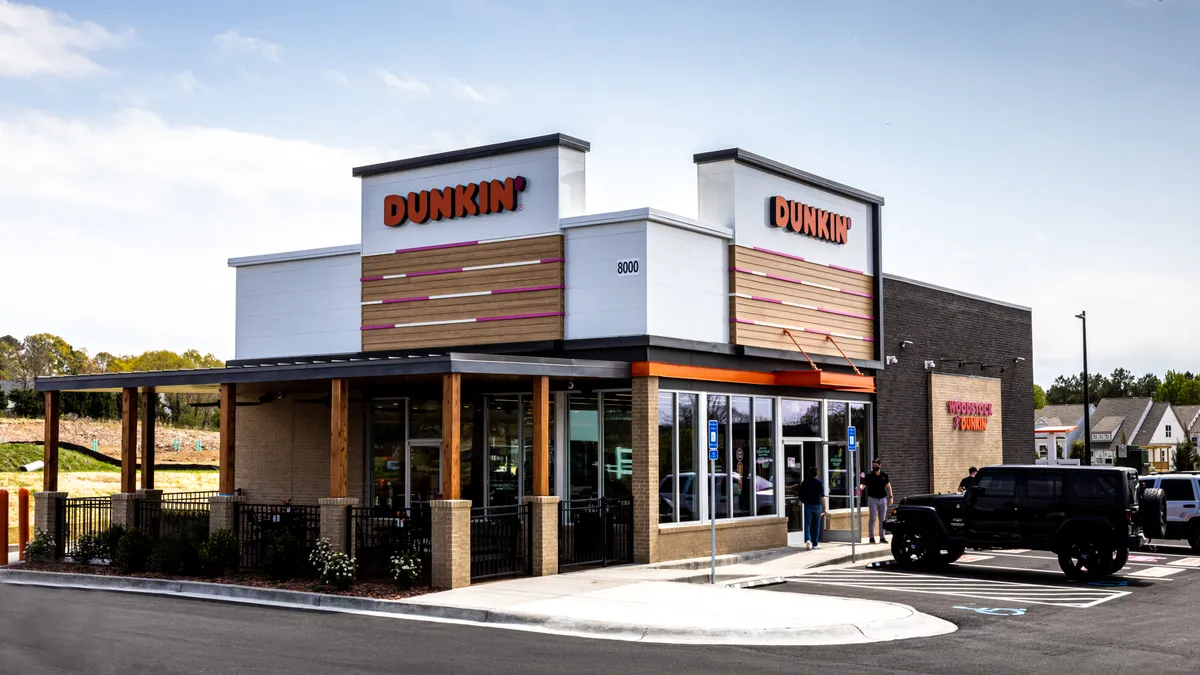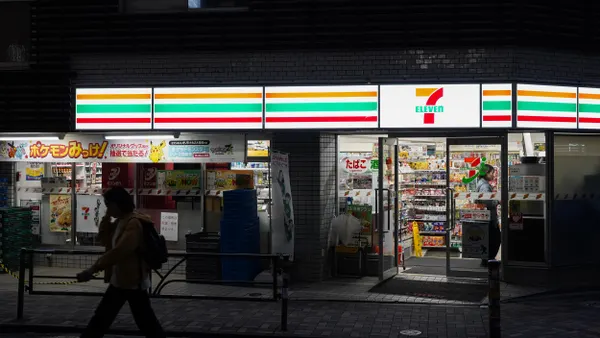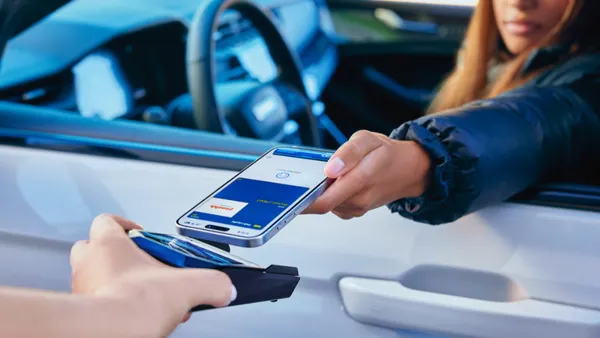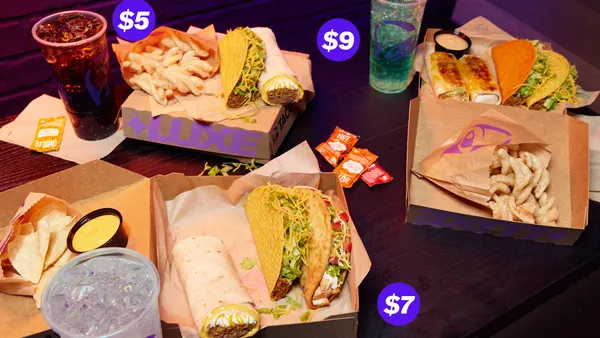In March 2020, the world shut down, and consumers shifted a host of habits to comply with shelter-in-place orders. As brands pivoted to meet these needs, they are now left wondering which of these new routines will stick, and there’s no question Order for Pickup is a sure favorite.
Already growing in popularity before the pandemic, this channel exploded and shows no signs of abating. In fact, research from Rakuten Ready finds that 85% of consumers plan to continue using the service post-COVID-19.
But how will customers rate their satisfaction, as restaurants scramble to face increased expectations for a superior experience? That’s the question explored in the second annual Rakuten Ready Time Study, which takes a look at real-time customer Order for Pickup experiences to identify insights that impact customer satisfaction (CSAT) scores across QSR brands in 2020.
“The opportunity for growth is tremendous. Yes, some businesses struggled in the beginning of the pandemic, but those who redefine their Order for Pickup operations will reap the benefits in the long run,” says Jaron Waldman, Co-founder and CEO of Rakuten Ready.
Time remains the top metric
As in the first study, Rakuten Ready identified wait time as the attribute with the strongest correlation to customer satisfaction. That doesn’t surprise Dr. Kirthi Kalyanam, L.J. Skaggs Distinguished Professor and Executive Director of the Retail Management Institute at Santa Clara (California) University.
“The value of every minute is at an all-time high,” he says, citing the prevalence of online schooling as one key factor. “Parents, many of them with full-time jobs, have the additional pressure to find time to help their children excel in an increasingly competitive global market.”
Wait time also correlates to safety as customers become more sensitive to their exposure with every minute they spend outside their house. They want their orders to be ready when they arrive to minimize time spent in a restaurant or interacting with employees.
“The theme we saw throughout this study is that wait time and safety are intrinsically intertwined due to COVID-19,” says Waldman.
Customer satisfaction attributes are more nuanced than before
However, wait times weren’t the only factor that impacted customer satisfaction; in fact, the report showed that some QSR brands experienced a minimal impact on CSAT scores even when the wait time was long.
The study data highlighted three attributes of the Order for Pickup experience that are also critically important when it comes to overall customer satisfaction:
-
Easy process
Consumers want to be as safe as possible when venturing out to grab takeout and knowing what to expect gives them confidence. QSRs tended to have higher CSAT scores when they clearly communicated pickup instructions and augmented that with an abundance of on-site signage, along with dedicated pickup parking spots and/or dedicated check-in areas.
“While some brands have added pick-up, you can tell it’s an afterthought,” Kalyanam says. For example, many fast food locations have carved out dedicated places to park and call for pick up, but they are located farther away and outside the line of sight. “A customer coming for Order for Pickup expects convenience and will look at every micro aspect.”
-
Quality of an order
While fast wait times are a key part of the equation, they must also be balanced with ensuring order prep is not rushed just to satisfy a quick turnaround. That’s because CSAT scores can take a significant hit due to inaccurate or sub-par quality orders.
“Restaurants cannot just solve for wait times and expect great customer satisfaction ratings. Instead, they must make it one part of a process that prioritizes quality, by timing the order to a customer’s arrival and ensuring it has all the necessary items and is well-packaged to retain temperature and food quality,” points out Walden.
-
Brand loyalty
Finally, the study found that brands which had focused on connecting with their customers before COVID-19 are seeing the pay-off; those that had cultivated positive reputations were able to earn higher CSAT scores, even if their wait time lagged. For example, Chick-fil-A saw its wait time double since the 2019 report, and yet the impact on CSAT scores was minimal.
“Customers empathized with their favorite QSR on how difficult it has been to react and adjust so quickly, and thus often gave them the benefit of the doubt if they already had established a strong affiliation,” Walden says. However, he cautions, this window of opportunity will not last forever, and QSRs must continue to improve their practices and monitor how their brand is being perceived.
Achieving success with Order for Pickup
“We see time and again that brands that are succeeding with Order for Pickup are putting their A-teams on this job,” Kalyanam says.
Download the Rakuten Ready 2020 Time Study for insight into the QSR Order for Pickup customer experience, including data and insights that demonstrate the growth opportunity of the channel.










